Backgammon - Set Up and Rules of Play
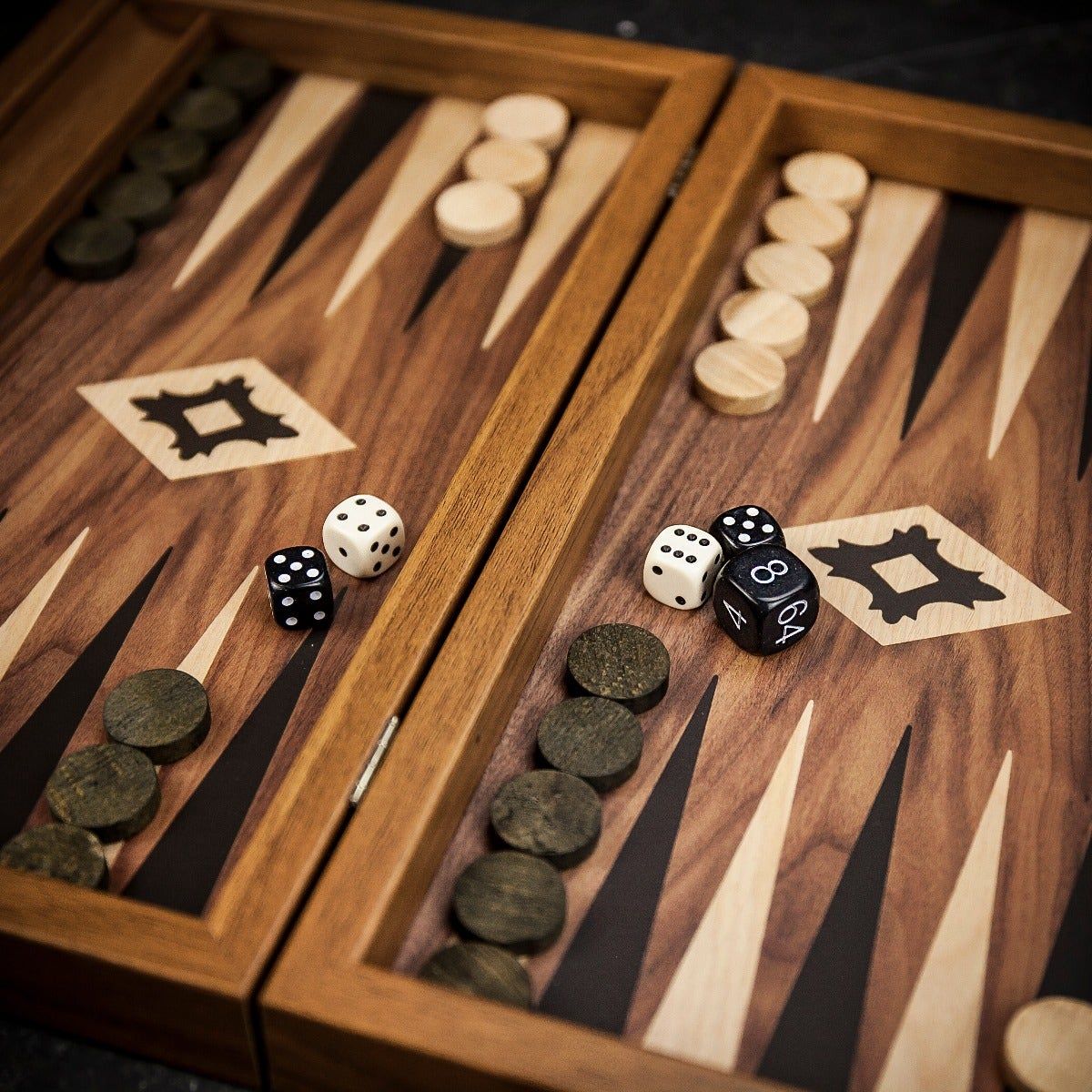
Backgammon – Set Up and Rules of Play
A competitive game for two players that combines strategy, skill and a bit of luck, backgammon has been a popular choice for centuries. Played on a folding board with checkers and dice, put simply, the object of the game is to remove all your checkers from the board.
Whether you're a novice looking to learn the ropes or a seasoned player aiming to enhance your strategy, this guide will walk you through the setup and rules of backgammon, ensuring you're well-equipped for an exciting journey of strategic gameplay.
1. Setting Up 2. Making Your First Move 3. Hitting and Entering 4. Bearing Off
5. Doubling 6. Gammons and Backgammon 7. Choosing Your Board


1. Setting Up
The backgammon board has a total of twenty four narrow triangles, known as points, which are divided into four quadrants of six points each. As shown in this example, the quadrants become white’s outer and home boards, and brown’s outer and home boards.
The points are numbered from one to twenty four, beginning at the outer edge of each player’s home board. Each player has 15 checkers of distinct colour, which are initially arranged on the board as follows:
Two checkers on the 24 point
Five checkers on the 13 point
Three checkers on the 8 point
Five checkers on the 6 point
2. Making Your First Move
The primary goal of backgammon is to move all your checkers around the board and 'bear them off' before your opponent does. The player who successfully bears off all their checkers first wins the game.
To start the game, both players roll a single dice, the player with the highest roll begins.
The results of the initial dice rolls determine how many points you may move your checkers. For example, if a 5 and 3 are rolled, you may move one checker five spaces and the other three spaces. Alternatively, you may move only one checker a total of the dice roll, in this example, 8 points.
Checkers are always moved towards your home board, which is the quarter of the board closest to you, onto a point of a lower number and can only be moved onto an open point. An open point is occupied by no more than one of the opponent’s checkers. To move one checker using the total of the dice roll, the intermediate points must be open points. In this example the fifth or third point must be open.
If a double is rolled the numbers on the dice are used twice, for example if a double 3 is rolled, checkers can be moved 3 points four times. Players must use all numbers rolled if possible. If only one can be played, this must be used. If two can be played, the highest roll must be used.
Travel Backgammon Sets
3. Hitting and Entering
A blot is a point occupied by a single checker. If a blot is hit during the opponent’s play it must be placed on the ridge along the centre of the board, known as a bar. If a player has any checkers on the bar, these must be entered into your opponent’s home board during your next turn. Checkers are entered onto an open point corresponding to numbers rolled. For example, if a 6 and 4 are rolled, the checker must be placed on point 6 or 4 of the opponent’s home board.
As many checkers on the bar must be entered as possible. If there are no open points corresponding to the dice roll, the player loses a turn. If only one checker can be entered, the remainder of the player’s turn is lost. When the player has no more checkers on the bar, play resumes as normal.




4. Bearing Off
When a player has all their checkers in their home board, they can start removing them from the board, known as bearing off. This is done by rolling both dice and removing a checker from each corresponding point. For example, if a 6 and 4 is rolled, a checker can be removed from point 6 and 4. If there are no checkers on point 4, one must be removed from a higher numbered point. If there are no checkers on a higher numbered point, you must remove a checker from the highest numbered point available.
Checkers can still be hit while bearing off and must be placed onto the bar and entered back into play as detailed above. When a first player bears off all of their fifteen checkers, the game is won!
Medium Backgammon Sets
5. Doubling
Backgammon is played with an agreed stake per point and each game starts at one point. If a player has built an advantage, they can propose doubling the stakes at the beginning of their turn before rolling. The opponent may refuse the double however concedes the game and pays one point. The doubling cube is used to track the current stake.
When the double is accepted, play continues with the higher stake and the opponent becomes the owner of the cube to propose the next double, known as a redouble. If a redouble is refused, the player must pay the number of points prior to the proposed redouble. If accepted, the owner of the cube changes and play continues at the new stake.
6. Gammons and Backgammons
When a game is won, the loser could be in a number of positions. If the losing player has removed at least one checker from the board while bearing off, they lose the value shown on the doubling cube. If no checkers have been borne off, the player is gammoned and loses twice the value of the double cube. At worst, if the losing player has borne off no checkers and has checkers on the bar, they are backgammoned and lose three times the value of the doubling cube.
Tournament Backgammon Sets
7. Choosing Your Board
At Farrar & Tanner we have a beautiful and diverse selection of backgammon boards to choose from, whether for yourself or as a great personalised gift. So how do you choose your perfect board?
We’ve looked at the different options in more detail in our “Choosing Your Backgammon Board” blog.
Posted by Georgina McDonald
Posted in Gift Guide
RELATED POSTS View All

Choosing Your Backgammon Board

How to Host a Cosy Games Night



























































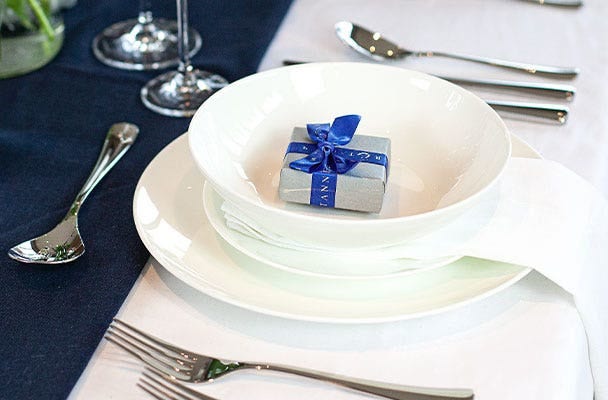
























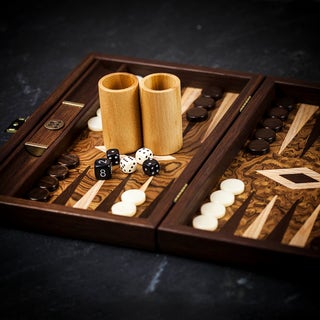
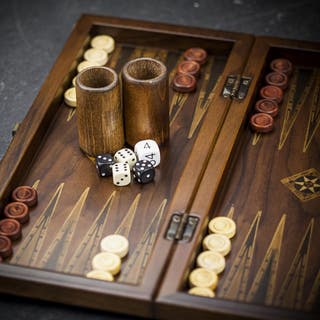

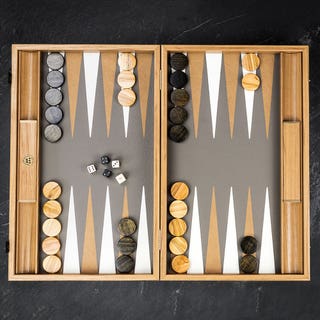


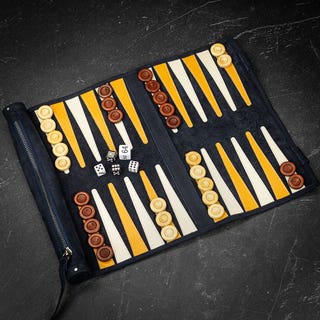




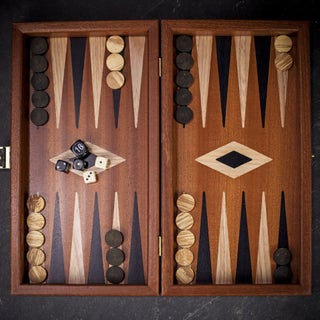
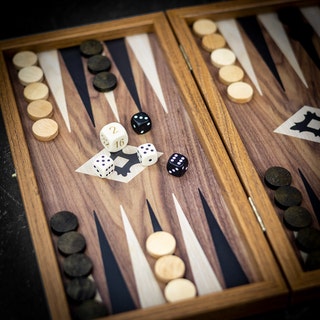





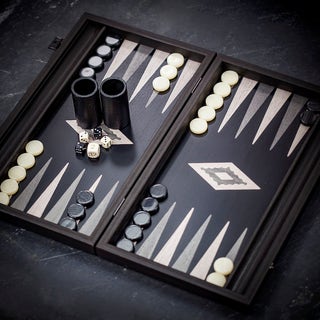


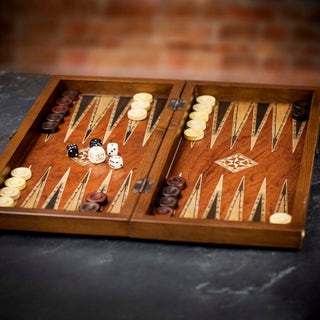






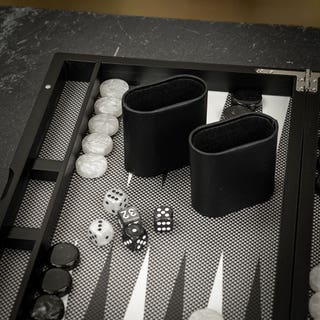
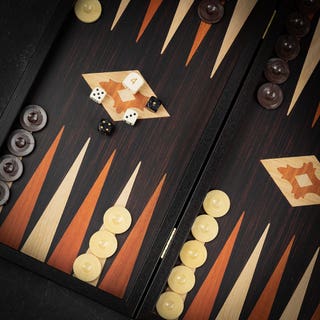
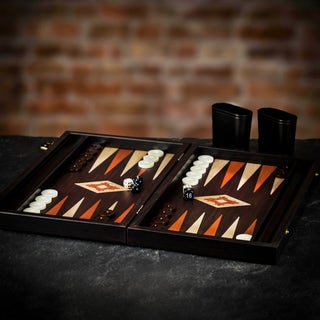





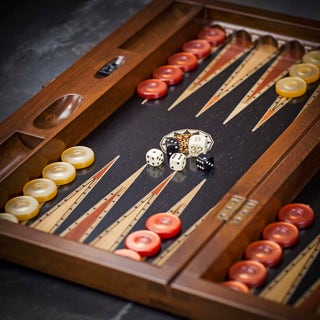

















Do I just need to be able to bear off